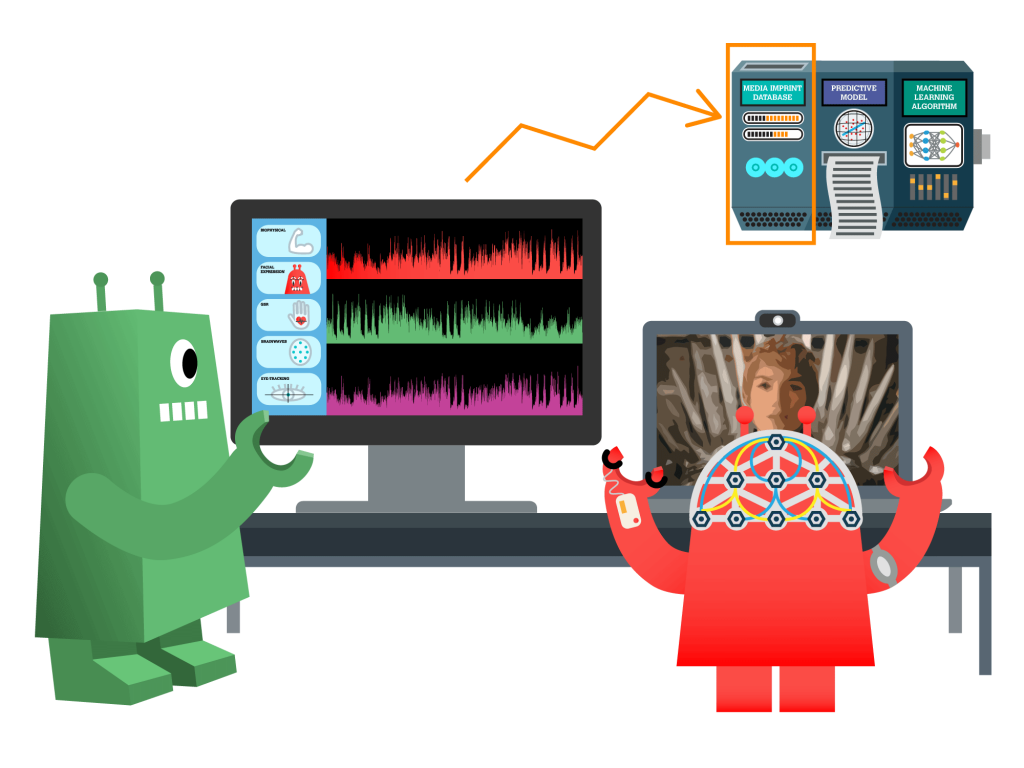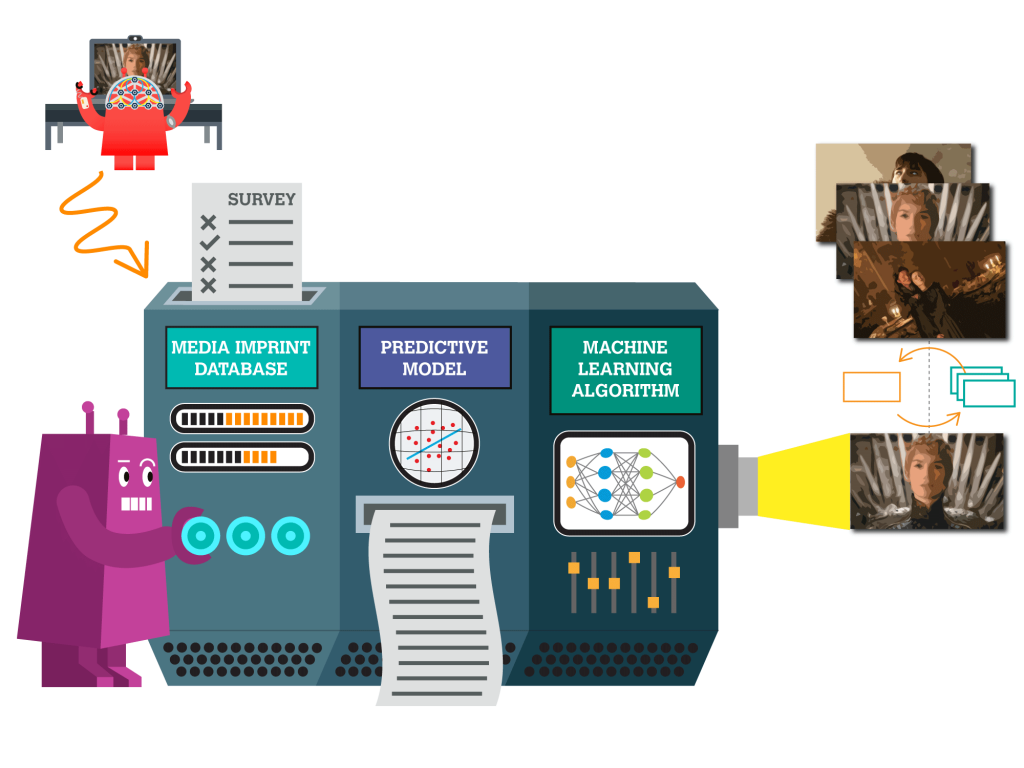Tool
Limbic Lab



Building Extractable Tools
Deep cultural transformation and social change are long-term, non-linear, unpredictable and complex processes, and no universal consensus currently exists for what works and how it should be measured. Because pop culture, media and emerging technology are integral parts of both public and private life, they are without a doubt vehicles for achieving lasting positive social change. However, most assessment research on the impact of films, TV, games, web-based interactive, virtual reality and other pop culture draws upon outdated media effects and edutainment research from communication studies, which focus upon the false-linearity of KAP (knowledge, attitude, and practice) and do not consider the social context of viewing or the psychographics of the participant. As Arvind Singhal observes “there’s no formula for social change, there are no foolproof recipes that lead to knowable, agreeable and predictable outcomes.” Instead, we have “hunches” about the role that communication and mass media strategies play in social change processes.
To translate hunches into quantifiable insights and a new media effects model, I developed an open-source biometric lab and AI system. An integral part of the lab is the Narrative Engine, a mobile ecosystem that captures real-time biometric data, story coding and survey data into a database for correlation mapping and predictive modeling to offer a more comprehensive view of the non-conscious aspects of empathetic engagement, attitudinal and behavior change, using open-source hardware and software that NGOs, cultural and educational organizations can afford and adapt for their own purposes. This tool will enable the field to better understand their target audiences and constituencies response to content. The critical value of an integrated system for conducting human behavior research is that it can correlate both quantitative and qualitative data sets including eye-tracking, sweat response, facial coding, biometrics, EEG, heart rate, and muscles contracting with more traditional social science methods, such as surveys and story coding. This approach possesses the ability to advance the field of social impact media by providing a real-time iterative prototyping tool and a feedback loop for media makers to increase engagement and deepen their audience’s limbic response with more resonant (and personalized) content that can compete with the noise.
Once I have enough signatures in the database, I will establish patterns by running comparative analyses of variables to predict what common narrative ingredients are more likely to lead to empathetic engagement, rather than distress, ambivalence or immobility. The findings of the research will serve as a feedback loop that can be employed by the culture change community to design more impactful stories, focus funding initiatives, commission stories and advocate for specific stories.